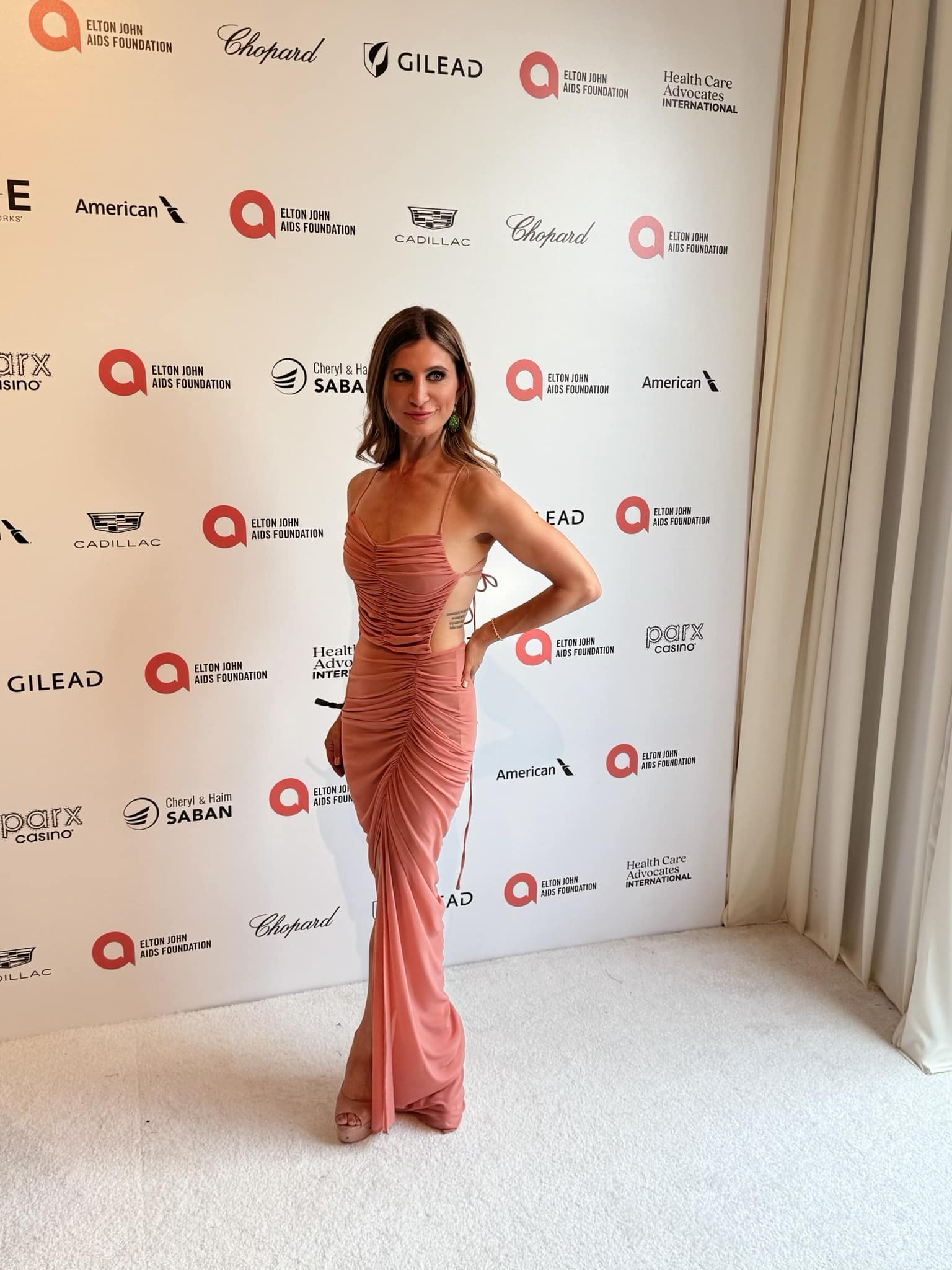Billecart-Salmon CEO Mathieu Roland-Billecart Is Determined To Create Happiness In A Glass
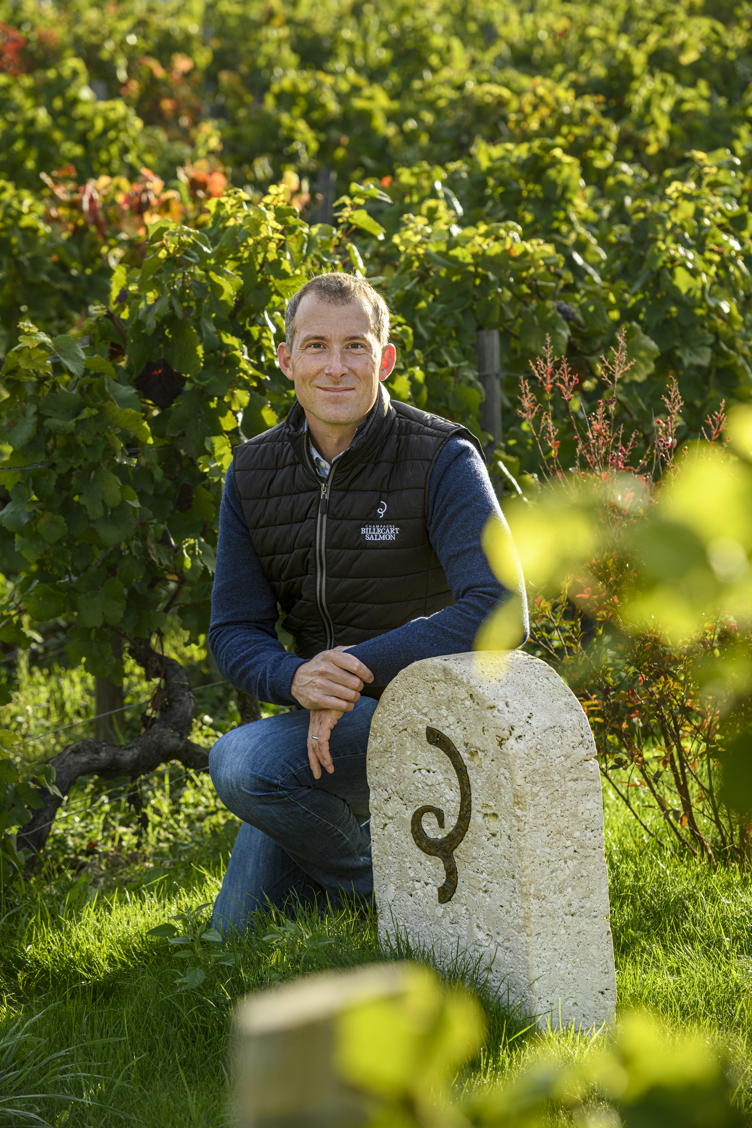 Photo Credit: LEIF CARLSSONBILLECART-SALMON CEO MATHIEU ROLAND-BILLECART DIVULGES ALL ON HIS LONG-TERM PLANS FOR HIS FAMILY’S CULT CHAMPAGNE.
Photo Credit: LEIF CARLSSONBILLECART-SALMON CEO MATHIEU ROLAND-BILLECART DIVULGES ALL ON HIS LONG-TERM PLANS FOR HIS FAMILY’S CULT CHAMPAGNE.
BY LAURA SCHREFFLER
PHOTOGRAPHY LEIF CARLSSON
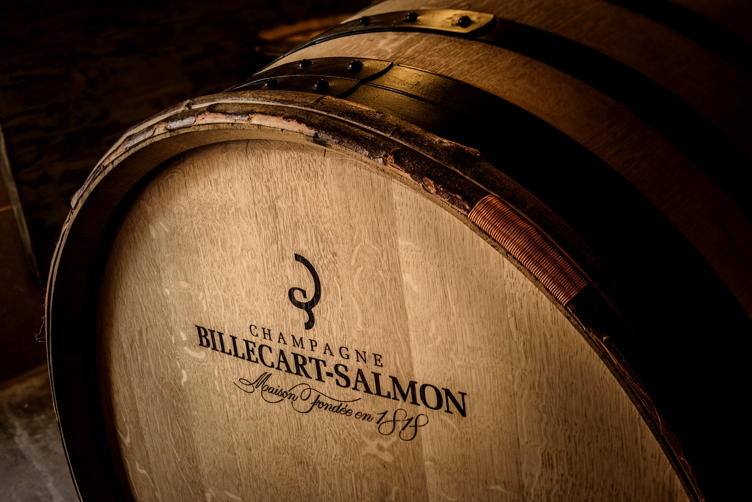 Photo Credit: LEIF CARLSSON
Photo Credit: LEIF CARLSSON
Champagne, to most, evokes the spirit of celebration. Hearing the dulcet pop of a cork — be it at a wedding, a party, on New Year’s Eve, or otherwise — instantly guarantees that a good time is imminent. As such, Mathieu Roland-Billecart, CEO and seventh generation legacy family member of the storied Billecart-Salmon Champagne house, takes his job very seriously.
“I,” he declares, “am a happiness merchant.”
Come again?
“Some publications have become so technical,” he explains. “There are times when I’m talking only about percentages. But to me, that is losing the core of what we are as Champagne makers. Of course, we can talk about what we do as guardians of the ecosystem, about techy stuff, but I’m not sure that makes the wine taste any better or make those that drink it smile any more. I think that if we lose what we are there for, which is the conviviality that champagne brings, it’s a mistake.”
We’re chatting via Zoom as Roland-Billecart, 43, who is based in Mareuil-sur-Aÿ, a village of Champagne, France, is currently in London on the first stop of a worldwide tour to debut his brand’s latest vintage Champagne releases, the Elisabeth Salmon 2012 and Louis Salmon 2012 cuvées. Simultaneously, he’s celebrating a major moment for his brand, which has just become the official house champagne of The Maybourne Group-owned Connaught Hotel. In fact, it was at a celebration of the partnership the evening prior where he tested out his new self-avowed job title for the first time. It went over a treat — because who doesn’t want to be happy?
As a “happiness merchant,” Roland-Billecart is all about the art of celebration with champagne as a constant accoutrement. “In certain celebrations of life, it is almost mandatory. Maybe I’m biased, but a wedding without champagne? You’re setting it up for failure!” he says with a smile, noting more seriously, “But even if there is seemingly nothing to celebrate, opening that special bottle will turn it into a celebration. If there is one thing that Covid-19 has helped us with in life, it is that. Life is short. If it’s a Tuesday night and nothing is happening, go out and buy a dozen oysters and open a bottle of blanc de blancs, and you’ve turned a nothing evening into something special.”

“That’s part of our ethos,” he continues. “As happiness merchants, we are the supporting act in a moment of happiness, and I take that job seriously. I want people to smile. I want people to have an emotion with Billecart-Salmon, because that’s what drinking champagne is all about.”
For Roland-Billecart personally, that means he’s equally happy sharing a pizza and a bottle of the brand’s all-star brut rosé with his wife and kids at home as he is breaking bread during a private dinner with two Michelin-starred chef Hélène Darroze at The Connaught (which he did the night before). “I think you can still create a very upscale, unique luxury experience within the confines of your home, and I believe we can contribute to that,” he notes.
Going big and staying home is like having your cake and eating it, too — but when it comes to the latest cuvées, both of which have price tags of over $200 apiece, going out might be the better course of action. Either way, it’s important to note that here, Roland-Billecart is going big.
“My job is effectively one project a year,” he explains. “We have to follow the path and the rhythm of nature; there’s no other way to get around it. We are farmers — we have to have our feet very deeply rooted in the ground — but my philosophy is that we also have to have our head in the stars, because that’s where our clients are. And basically, my job this spring is to showcase the best of our savoir faire. We are the only house that works in Grand Cru chardonnay; even our non-vintage is only Grand Cru. It’s quite niche, but if you’re looking for the best of the best, that’s what we shoot for.”
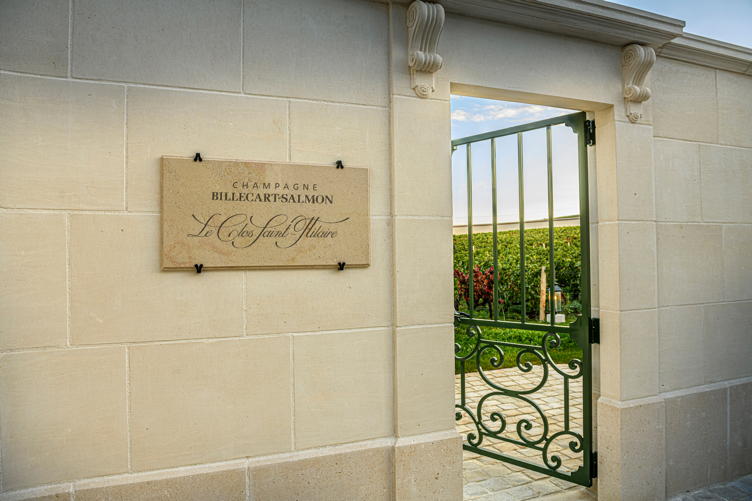 Photo Credit: LEIF CARLSSON
Photo Credit: LEIF CARLSSON
Benedictine monk Dom Pérignon, a prominent figure in the early development of champagne, was famously quoted as having said, “I am drinking the stars!” Roland-Billecart anticipates imbibers to be equally as star struck by the brand’s latest cuvées for a variety of reasons, but first and foremost in that they were bottled during a truly exceptional year in the Champagne region, comparable to 2002 and 2008, which were nearly perfect harvests.
“Two thousand and two was recognized for its power, density, and depth. Its weakness was that it was a bit austere and boring at the beginning, but that is changing now as the years have gone on. Twenty-eighteen was super lean, super fresh, super mineral. Twenty-twelve is right in between that: it has the freshness of 2008, but a bit more character and depth,” he explains.
Roland-Billecart refers to the Elisabeth Salmon 2012, a tribute to one of the two House founders — which is comprised of 100 percent grand cru and premier cru, 55 percent chardonnay from Chouilly, Avize, Mesnil-sur-Oger, and Cramant, and 45 percent pinot noir from Mareuil-sur-Aÿ, Aÿ, and Ambonnay — as the “queen of rosé.” He says, “We call our brut the princess rosé — she is fruity, fun, and approachable — but the Elisabeth is the queen. When you are the queen, you have a responsibility, so you have to be a little more serious.”
This particular vintage is truly beautiful to behold in the bottle. It is luminous, with sustained softly shimmering salmon pink reflections. On the nose, it is sensual, redolent of red and black berries, with the taste of panettone, cherry clafoutis with a long finish redolent of cedarwood and blood orange jelly.
The Louis Salmon 2012, named after Elisabeth’s brother, the first chef de cave (or winemaker) of the House, is comprised of 100 percent Côte des Blancs Grand Cru chardonnay, 60 percent Mesnil-sur-Oger, 23 percent Cramant, 11 percent Chouilly, and 6 percent Oiry. It has a crystal-clear appearance with a veil of gold, flecked with yellow and green. Its initial aroma is floral, with a touch of hazelnut and chestnut bread, and on the palate, there is a creamy, tactile feel of natural and baked goods such as puff pastry brioche, mirabelle plum tart, and limoncello with a finish of fresh mango, mandarin pulp, and candied chestnuts. “This is the king of Champagne, the greatest that can be done,” Roland-Billecart says. “It’s a wine that gives you enough depth and fruitiness, but with great length. It’s going to blow your mind.”
Well then, where’s my glass?
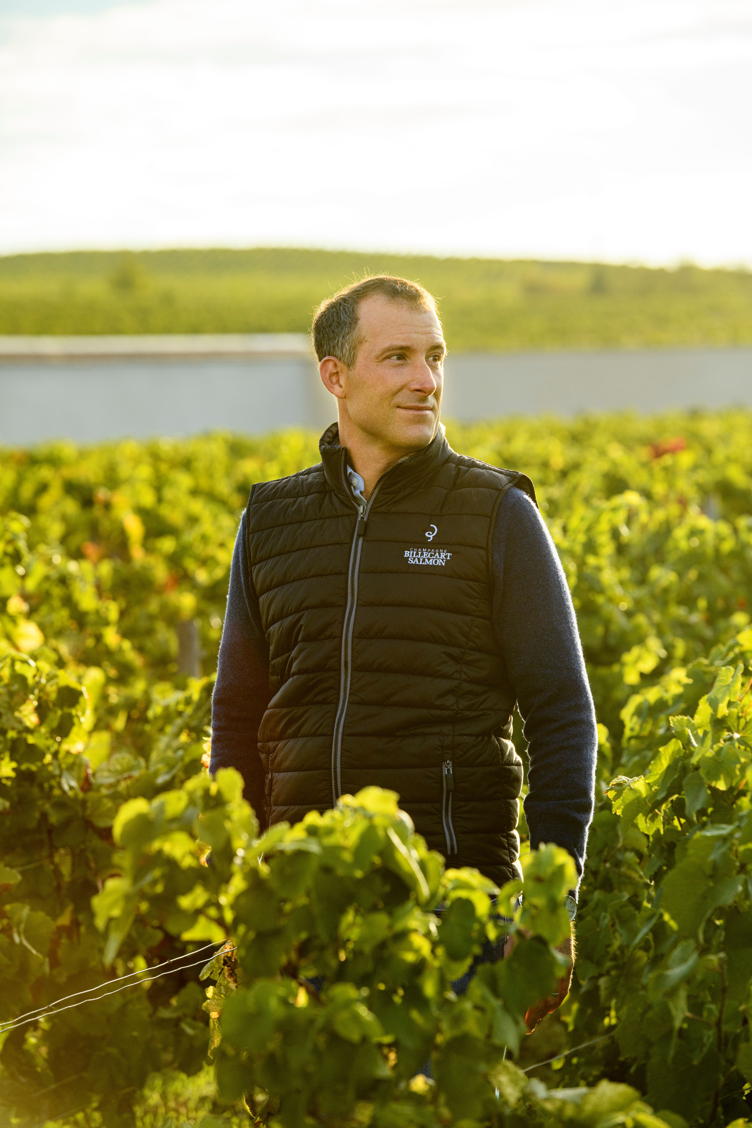 Photo Credit: LEIF CARLSSON
Photo Credit: LEIF CARLSSON
Mathieu Roland-Billecart has seemingly come full circle. That’s how it seems to me, anyway, given that he’s currently living it up in London, celebrating one of Billecart-Salmon’s biggest partnerships to date, living his best life in the city where he first started his career. A career that, for the record, was not in winemaking.
Although he’s happily ensconced in the family business now and he’s always had a passion for the bubbly beverage, his initial path was radically different — post-graduation, he spent 14 years at an international consulting firm in London. But apparently, you can take the man out of Champagne but not take Champagne out of the man. He slowly but surely edged his way back to the family business, joining the supervisory board of Billecart-Salmon in 2013, before ultimately leaving England for good in 2017 to join the management board of the House. Over a two-year period, he learned the ropes of the family business during a transition period, finally taking the reins from sixth generation CEO François in 2019. He now leads the House fully, alongside Antoine, who serves as deputy general manager in charge of exports, supported bye Jean and François Roland-Billecart, who represent the fifth and sixth generations, respectively.
Billecart-Salmon is also a unique brand. Founded in 1818 after the marriage of Nicolas François Billecart and Elisabeth Salmon — its namesake owners — the now 206-year-old company also happens to be one of the only family-owned-and-operated Champagne houses in existence today. Not that the luxury conglomerates haven’t come a-calling… but the Billecart family refuses to give up their freedom; they alone control their destiny.
“[The multinationals] have stopped; they know we’re not going to say ‘yes’, so there’s no point,” Roland-Billecart admits, before christening himself with another title, which I love just as much as the aforementioned happiness merchant. “I’m the guardian of the independence. But that’s how we stay family-owned and family-run: we make sure the family is heavily involved, we do report to the family committee, the tasting committee, the body that decides and protects the quality of the wine. It is very much enshrined.”
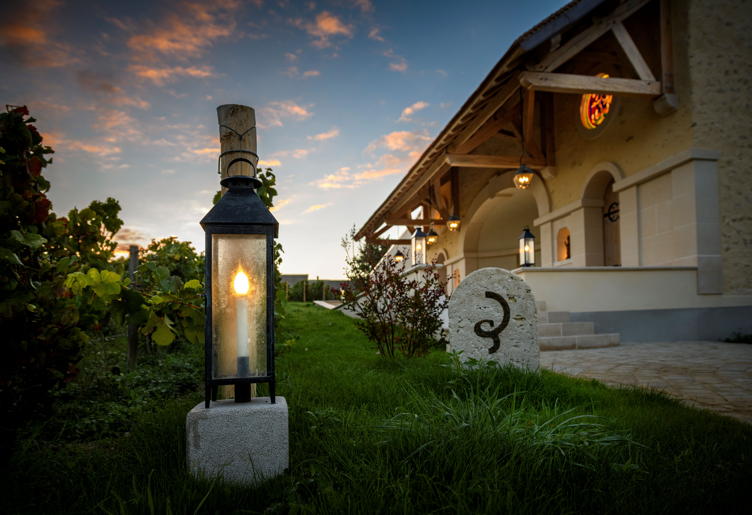 Photo Credit: LEIF CARLSSON
Photo Credit: LEIF CARLSSON
At the end of the day, it comes down to legacy, and pride — both of which are hallmarks of the Billecart-Salmon family. “Our surname is on the bottle, and I think that matters a lot,” he says, adding, “Also, as growers that have been successful, we are perhaps more attached to our land, and it’s hard to imagine selling your home. It’s a company, sure, but we’re a family at the core, and you also don’t sell your family. There’s also something in that we’re among the last of the top-end players that are family-run and family-owned. We are a rare breed.”
I can’t speak to the rest of the family, but I can speak to Matthieu himself, having visited with him at the beautiful stone and brick Billecart-Salmon estate in Mareuil-sur-Aÿ, a small village near Épernay, several years ago. He is big on family and tradition, but on progression, too, which is a surefire way to ensure the continued success and growth of the family’s brand.
For example, under his watch, the land has been converted into an organic estate, with continued certifications from Sustainable Viticulture in Champagne, HVE, and ISO 50001 Standard. It also favors cultivation methods that aim to protect the environment and promote biodiversity by reducing their carbon footprint. Plus, he has created a non-profit in the Foundation Billecart-Salmon, which is a worthy pursuit but also, in France, a rare one; citizens tend to shy away from doing so because it is a high tax country. Yet, the family donates a percentage of sales from its Clos Saint-Hilaire parcel, annexed to the estate, a vineyard consisting of one hectare of pinot noir, in order to give back to the local community and also support environmental initiatives. Also — and this is especially important for a man who believes that the basis of champagne is that it is here to be enjoyed — each bottle purchased now has a six-digit code that provides all the details about the blend, the type of vinification, the aging, and disbursement date — for those who do want to get technical.
“It’s one thing to tell people that your product is excellent, but another to show them why, and not everyone wants to know why,” he explains. “Some people do, some people don’t, but I never want them to feel like they need to know what goes into every bottle. If they do, I give them the access, and if they don’t, if they just want to enjoy a glass of wine, I’m here for them.”
Being at the forefront of the future, but still preserving the past, is important to Roland-Billecart — especially in that the family’s past still dictates its future. “There’s a sort of embedded objective in that I will eventually need to give the keys to the eighth generation. That is a quite unusual objective in the modern world, and one that does tie you up into a number of things that others are free to do. Let’s be honest, other brands have more marketing-led business strategies, where we do not. But I view that as a positive: that gives me a lot of freedom that others don’t have. I can take very long-term views on things, where others may temporarily run a company.”
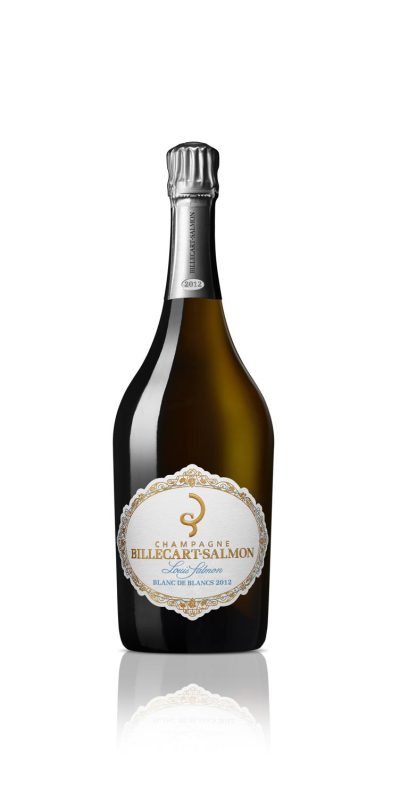
Photo Credit: Billecart-Salmon
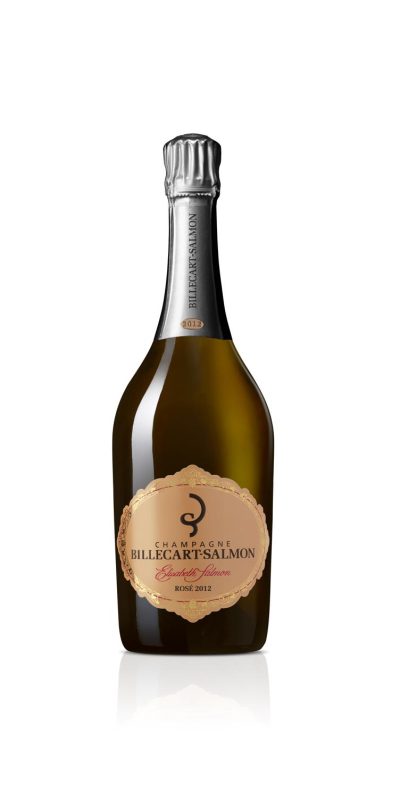
Photo Credit: Billecart-Salmon
He demonstrates this by sharing that an average cuvée is bottled for six years prior to release. “I’ve been the CEO of this business for nearly six years, and I’ve only started selling wine that I’ve made,” he admits. “The vintages we are currently selling have all been made prior to me taking this role; no vintages I’ve made are ready for release. So that does trigger a different approach to time, and you can only truly have that approach if you have that long-term vision, and ability to apply the long-term vision in order to create an exceptional product.”
And that, he says, has always been the goal — both long-term and short, of course. “As a company, we have a much harder path, one that takes generations, in building quality and respect, but that is what the Billecart business is. I’ve inherited that. We are very much an in-the-know brand. We know what we’re good at and we know what we’re not good at, which is, I think, the key thing. We serve an international elite of food and wine enthusiasts and lovers of good and beautiful things. We’re not pretending we can be good at doing business in supermarkets. We don’t know how, and we don’t have the quantity. Equally, we have learned over doing the same thing for 206 years that that path to quality is one that’s full of sacrifices. However, we think these sacrifices pay off if you have a long-term vision. So, the success of Billecart-Salmon rests on having a team of people doing the small things right every day, especially when nobody’s watching. When you open a bottle of our champagne, you know you’re not going to be disappointed. And so far, that strategy is working. Personally, I’m just trying to make sure I don’t break the machine.”
That said, he is definitely changing the game for his family, and for the brand. “One of the challenges of my generation is that my family has always had the view of ‘don’t say anything, and people will discover it for themselves.’ I think that age is gone. We need to never change our core values in order to please people, but we do need to tell our story a little more.”
As he prepares to sign off and head out on the town for a no doubt glamorous and champagne-fueled evening in Mayfair, he shares this: “In my mind, a tradition is an innovation that has worked. In certain ways, we are a dinosaur — a family business, over 200 years old, the rarest of the rare breed. But regardless of the times, I want us to be at the forefront, to be the very best. I think that comes down to making a quality product, which, in turn, will make people happy — and I want to be a leading force in putting those smiles on people’s faces.”
It’s not a surprise that this self-described “happiness merchant” considers laughter (along with time) to be the greatest personal luxuries in life. “Somebody that can make people laugh and create happiness is everything — that’s basically the goal of life. I’m still a trainee happiness merchant: I’m doing my best, but I don’t profess to be the God of it.” He pauses, and wonders with a smile, “If you could have infinite time, and infinite happiness, what more could you need?”
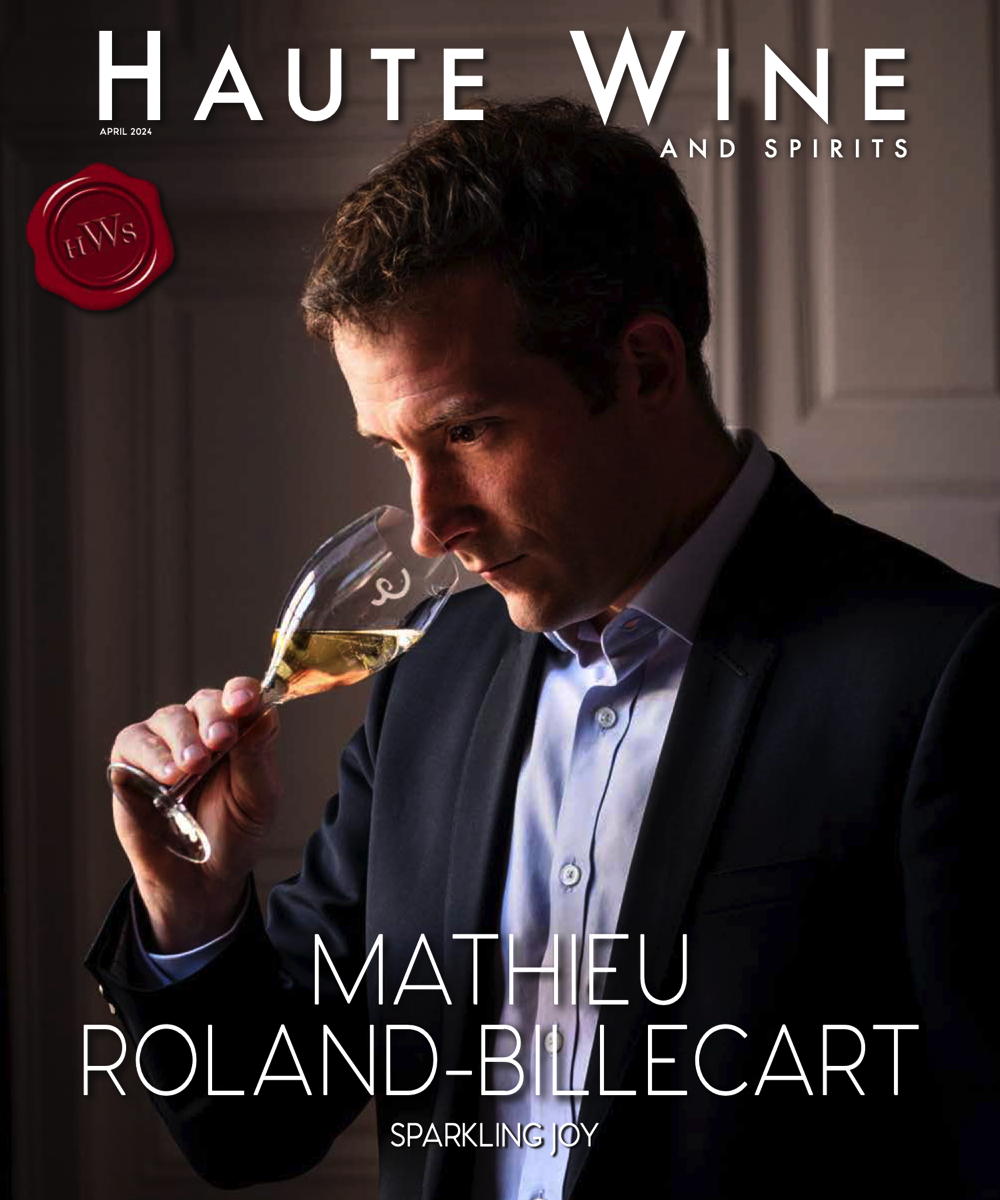 Photo Credit: LEIF CARLSSON
Photo Credit: LEIF CARLSSON

